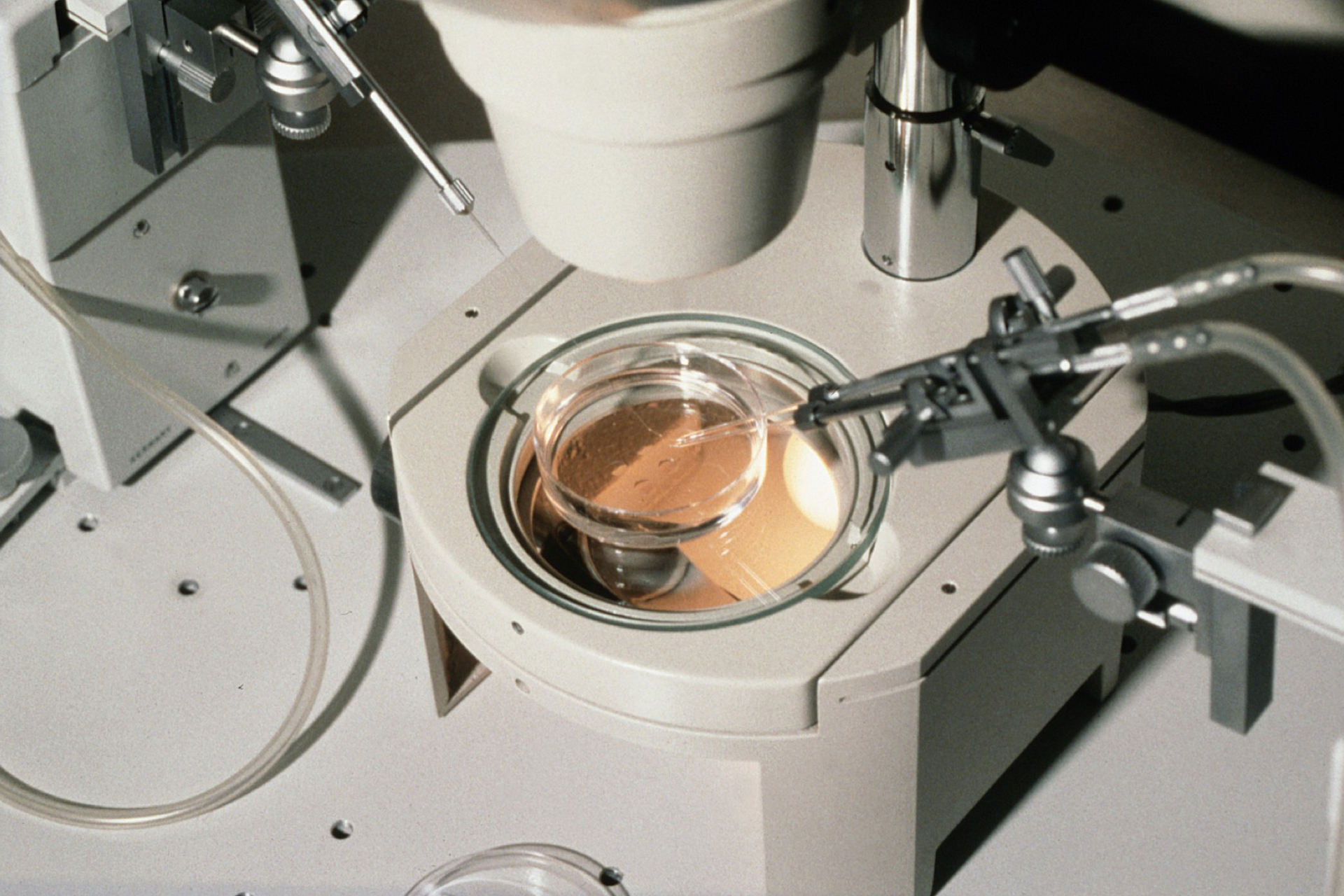Relationship status and body mass index (BMI) are being used to restrict people's access to NHS-funded fertility treatment.
A report, published by the British Pregnancy Advisory Service (BPAS), has outlined the policies of England's 135 Clinical Commissioning Groups (CCGs) for fertility services. They discovered that 24 CCGs require patients to be in a 'stable relationship' and that BMI restrictions for women exist across almost all CCGs (96 percent), with 24 percent also restricting on the basis of male BMI.
'Access to any form of healthcare should be rooted in clinical evidence', Dr Marta Jansa Perez, director of embryology at BPAS, told iNews, 'Sadly, this report demonstrates that for most patients in need of fertility treatment, this is simply not the case.'
The National Institute for Health and Care Excellence (NICE) state in fertility guidelines that women under 40 should be offered three cycles of IVF and women between 40-42 should be offered one cycle, a recommendation guided by cost and clinical effectiveness. They do not mention relationship status and only advise that men and women 'should be informed' of the risks to infertility associated with obesity or low body weight in women and obesity in men.
CCGs do not have to follow NICE recommendations, and there is significant regional variation in fertility funding, leading to a 'postcode lottery' where access to IVF is determined by where you live.
Some CCGs require proof of a 'stable relationship' by longevity, specifying couples should be together for at least two years. Others require evidence of long-term cohabitation or 'financial interdependence'.
Single women and women in same-sex female couples must use six to 12 cycles of artificial insemination to determine infertility, in alignment with NICE guidelines. But the majority (54 percent) of CCGs do not provide any funding for this process and 20 percent set a minimum length of time these cycles must occur.
The widespread denial of treatment based on female or male BMI is not backed up by evidence provided by NICE. Four CCGs require BMI is maintained for six months prior to treatment, a further barrier to IVF access.
BPAS conclude that withholding fertility services has 'real consequences' for patients and the health service. As well as experiencing psychological harm, patients unable to access fertility treatment in the UK often travel abroad for care. This is associated with higher rates of multiple births, the single biggest risk to mother and baby.
'Reform in this area is long overdue,' said Dr Emily Scott, founder of IVF Fairness, 'IVF Fairness stands with BPAS in urging policy makers at a local and national level to finally take action, for the sake of fair and equal access to reproductive health services and in genuflection to the governing principles on which our National Health Service is founded.'
Sources and References
-
NHS tells fertility patients: Prove you’re in a stable relationship to access IVF
-
Dozens of NHS trusts tell women seeking IVF to prove they're in a 'stable' relationship - creating infertility 'postcode lottery'
-
IVF postcode lottery: officials using BMI and relationship status to block fertility treatment
-
BPAS investigation into the IVF postcode lottery:an examinationof CCG policy for the provision of fertility services
-
Report finds 'systemic problem' with the funding of fertility services leaves 'devastating gaps' in NHS-funded IVF care
-
The cruel postcode lottery in IVF





Leave a Reply
You must be logged in to post a comment.